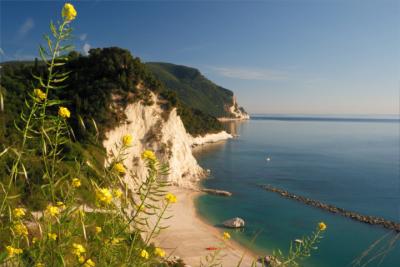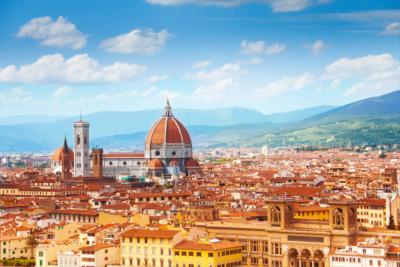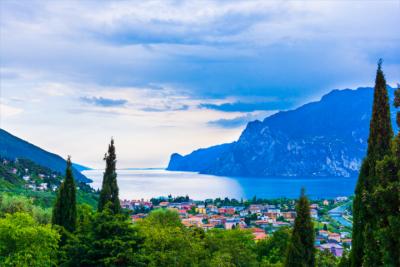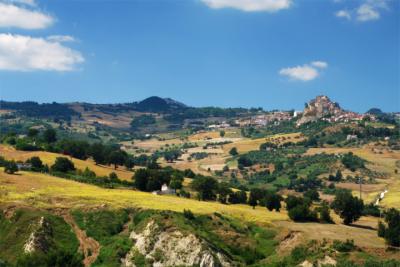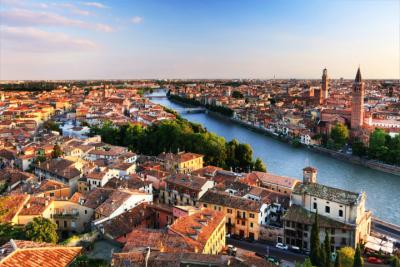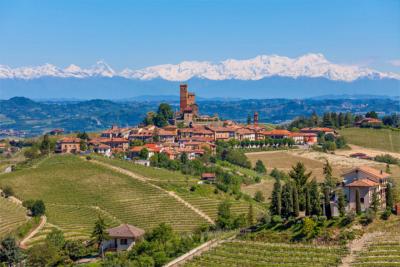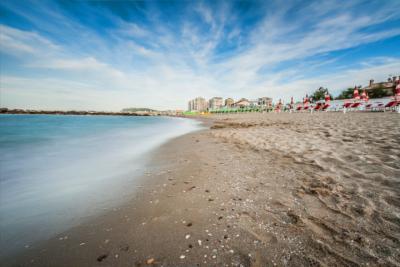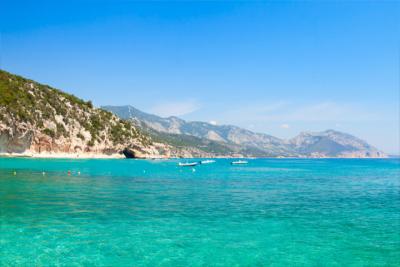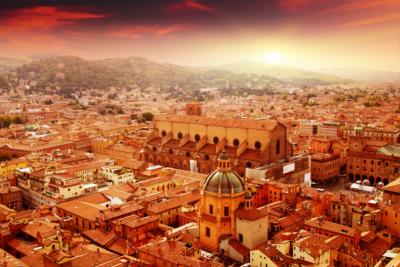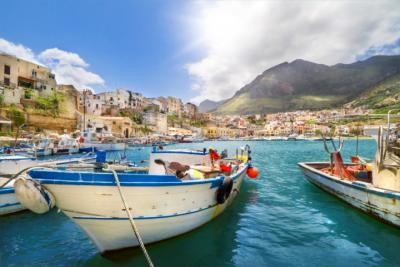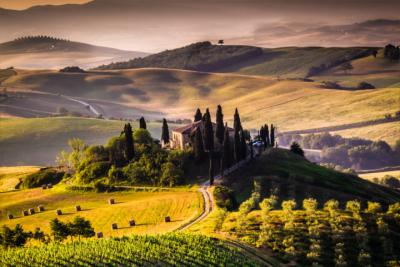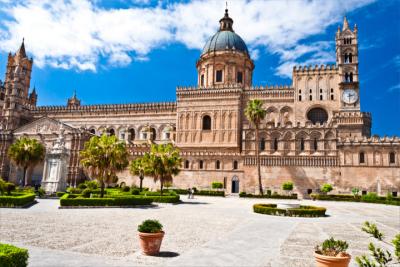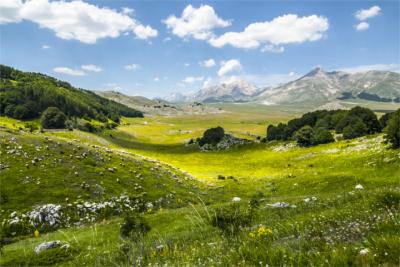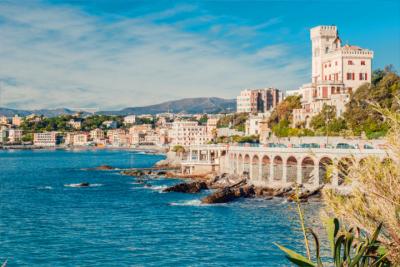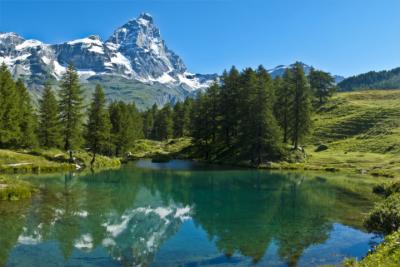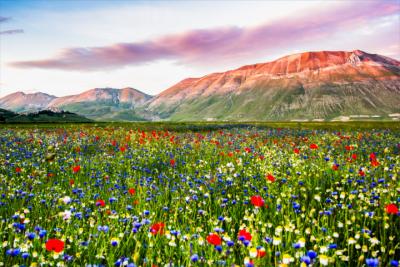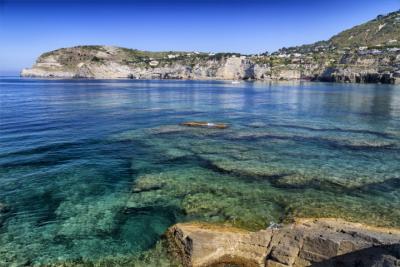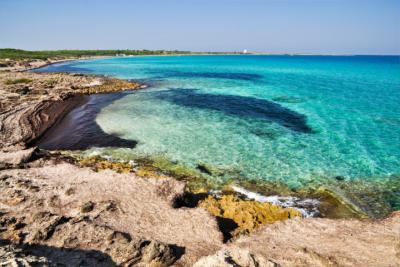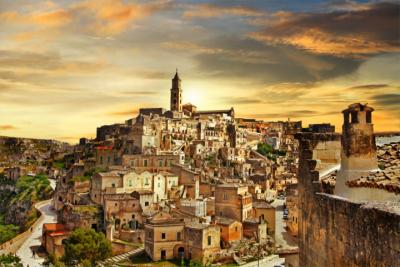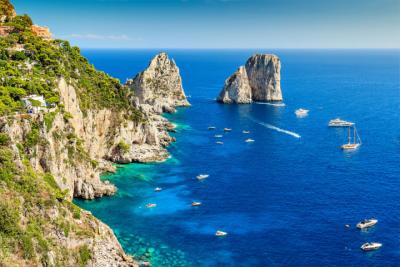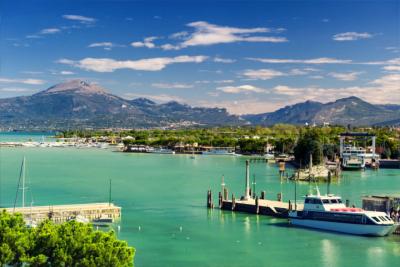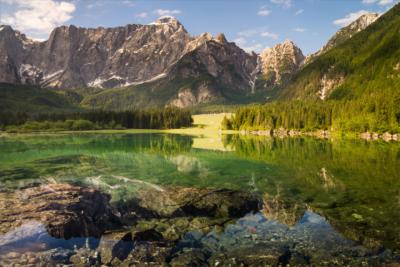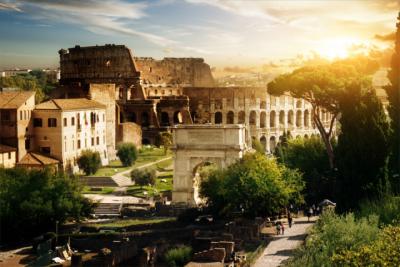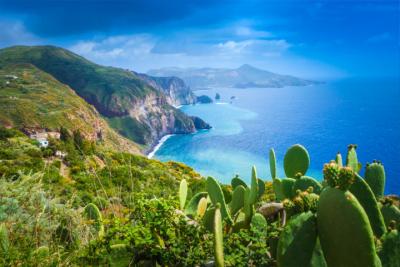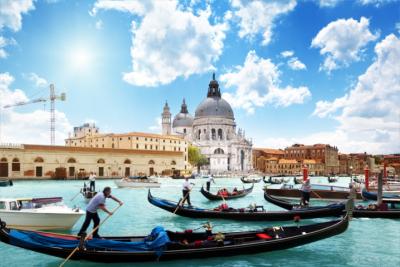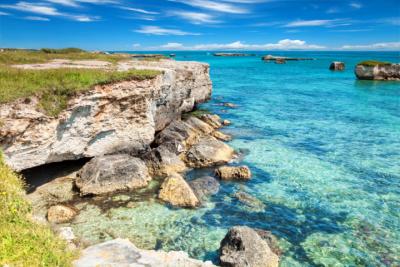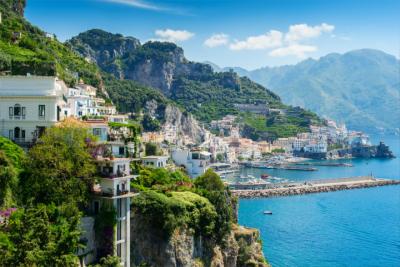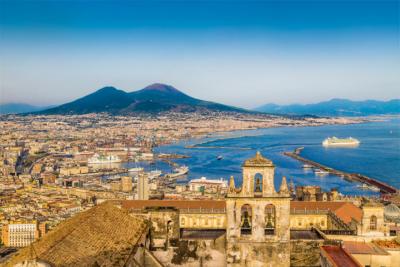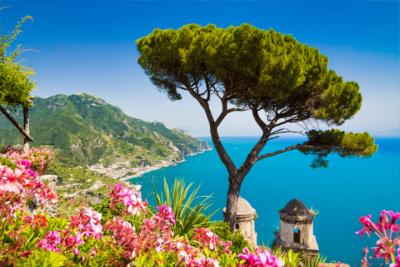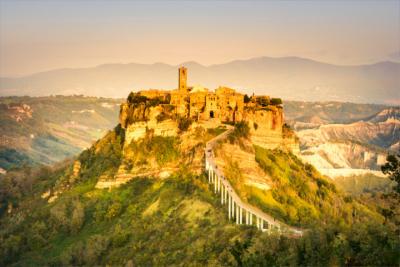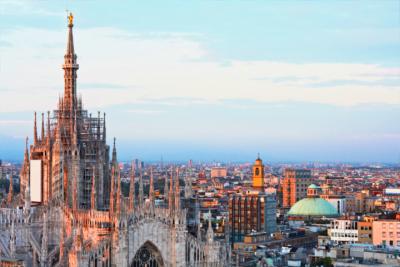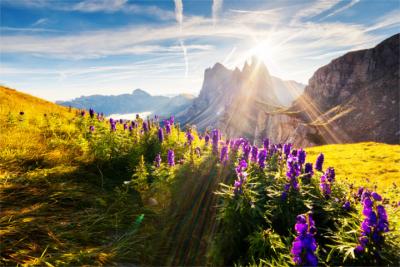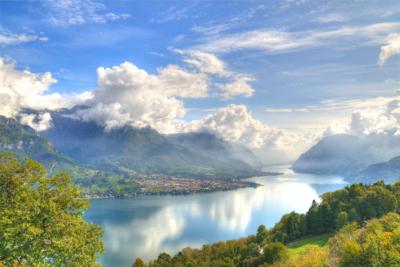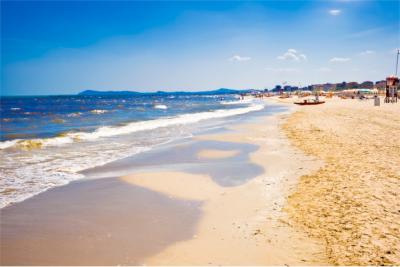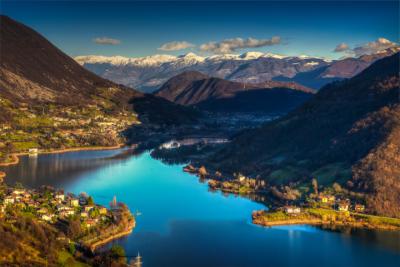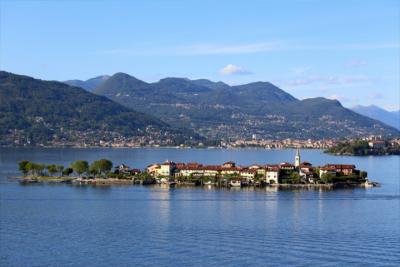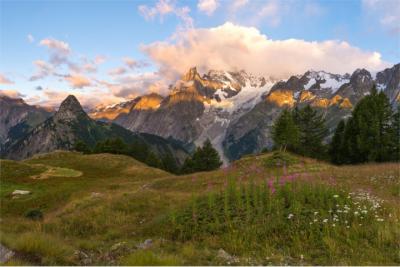Travel Offers
Travelmyne Featureprint
Distance
Calabria - The Sunny Boot Heel
With its wonderful coasts, ancient buildings and monuments, impressive mountains as well as the sunny, warm weather throughout the year, Calabria is the perfect blend of summer, nature, culture and history. Travellers who want to learn about the country's origin and enjoy the culinary specialities as well as the Mediterranean nature of the Italian south will definitely enjoy holidays in Calabria.

Geography - The southernmost region of the Italian mainland
Calabria (capital: Catanzaro) is the southernmost point of the Italian mainland and borders on Basilicata in the north, on the Tyrrhenian Sea in the west and on the Ionian Sea in the south and east. Only 32 kilometres (Strait of Messina) separate the Calabrian territory from Sicily. The "peninsula" (85% of Calabria are surrounded by the sea) has an area of about 15,080 km² and consists of a long coast (780 km) and a distinct hilly and mountainous landscape. While the Aspromonte massif lies in the south of the boot heel just like the mountainous regions of Sila and Serre Calabresi, the Pollino Mountains with the Dolcedorme (2,267 m) as the region's highest mountain are located in the north of Calabria. The region's weather is dominated by subtropical to Mediterranean climate and with about 320 sunny days per year, Calabria is one of the hottest and sunniest regions in the whole of Europe.

Nature - Wonderful coasts and impressive mountains
Calabria's landscape is characterised by a coast of 780 kilometres of length and several massifs. The coastal parts in the region's south and west differ considerably. While cliff coasts and magical bays alternate at the Tyrrhenian Sea in the west, the southern part of the coast at the Ionian Sea is dominated by long, wide sandy beaches. You find one of the most beautiful Italian beaches with crystal clear water and white sand at Capo Vaticano at the Calabrian west coast. The region's hilly and mountainous landscape is characterised by the Pollino Mountains in the north, the Sila and the Serre Calabresi in the south as well as the Aspromonte massif. From the latter you have a great view of the sea and of Sicily with Mount Etna. The region's mountainous areas mostly consist of forests, meadows, lakes and rivers. Altogether only nine percent of the Calabrian mainland are plane. The Pollino National Park (Parco Nazionale del Pollino) is a special natural highlight in the region because it does not only contain Calabria's highest mountain (Dolcedorme) but also breathtaking gorges and impressive heights. With an area of 192,565 hectares, it is Italy's greatest national park and one of the biggest nature reserves in Europe.
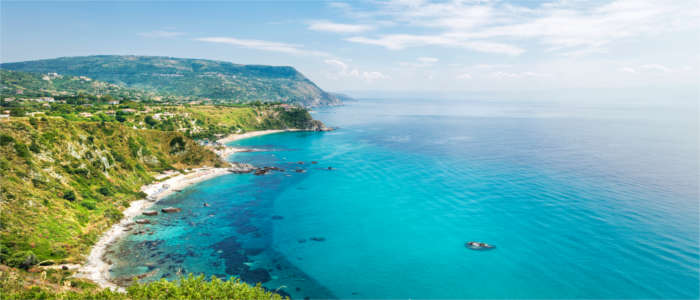
Culture - Following the traces of the Byzantines, Normans and Greeks
Calabria bears witness to the long settlement history of the Byzantines, Normana and, most of all, the Greeks. Many of the region's cities were founded by the Greeks as early as in the 8th century and accommodate an abundance of ancient buildings and monuments. Therefore, Calabria is rightly called Magna Graecia ("great Greece"). The Greek were also the nation who coined the term "Italia". About 3,000 years ago, they intended to honour Odysseus' grandchild Italos by naming the present-day territory of Calabria after him. Travellers can marvel at the ancient traces of the past in the Museo Nazionale della Magna Grecia in Reggio Calabria, which exhibits the Riace bronzes, for example. Other sights in this city are the cathedral, the Roman thermal bath and the Greek town wall. Furthermore, the excavation sites Locri and Sybaris bear testimony to Greek history. Many of the numerous fortifications such as the castles in Vibo Valentia, Cosenza, Crotone and Nicotera date back to the times of Norman rule. Visitors can also see several churches which were built under Byzantine rule, for example the Cattolica in Stilo, the Chiesa di San Giovannello in Gerace and the pilgrimage church Santa Maria dell'Isola in Tropea, which is located on a sandstone rock.

Experience - Traditional art handicraft and Calabrian ice cream specialities
Local traditions and customs are preserved by carrying out different kinds of art handicraft and celebrating holidays in Calabria. Apart from Christmas and Easter, they have several feast days for patron saints, for example for Calabria's patron saint Francis of Paola (2nd of April), which are celebrated with impressive processions and dances such as the folk dance Tarantella. The most common types of local handicraft are wood carvings, woven goods, basketry and ceramic ware. Calabria's cuisine uses fresh vegetables (tomatoes, eggplants, peppers, red onions), the spicy peperoncino, pasta, fish and seafood. Due to the warm climate, specific types of fruit such as melons and citrus fruit are typical of the region. A Calabrian calorie bomb is the popular ice cream speciality tartufo, which is modelled on the chocolate truffle and shares its name (tartufo = truffle).

Activities - Diving at Capo Vaticano
Calabria's coasts are ideally suited for sailors, surfers, kite flyers, swimmers, beachgoers and sun-worshippers. Divers do not go short either on holidays in Italy's boot heel because Capo Vaticano offers a colourful underwater world with shipwrecks from World War II, which are waiting to be discovered. The many cycling and hiking trails as well as the rivers in the Pollino National Park invite visitors to go hiking, cycling, mountain biking, rafting, canoeing and canyoning. Another popular activity and a great way of getting to know the Calabrian landscape is paragliding. From December to February, the cross-country ski trails in the Sila Grande promise spectacular natural spectacles.

Information
Travellers can arrive by car, train or plane. Several airlines land at the airports in Reggio Calabria and Lamezia Terme. The latter can also be reached by night train in the season. Holidaymakers who intend to arrive by car should note that they have to pay a toll for using the motorway. Calabria is considered one of the most important ferry connections to Sicily, which is why many visitors of the region go on a day trip to the island.
Calabria offers a wonderful mix of sun, Mediterranean nature, sea, beach, culture and European history. This is why the region is not only a great destination for beachgoers but also for lovers of nature and culture enthusiasts.

